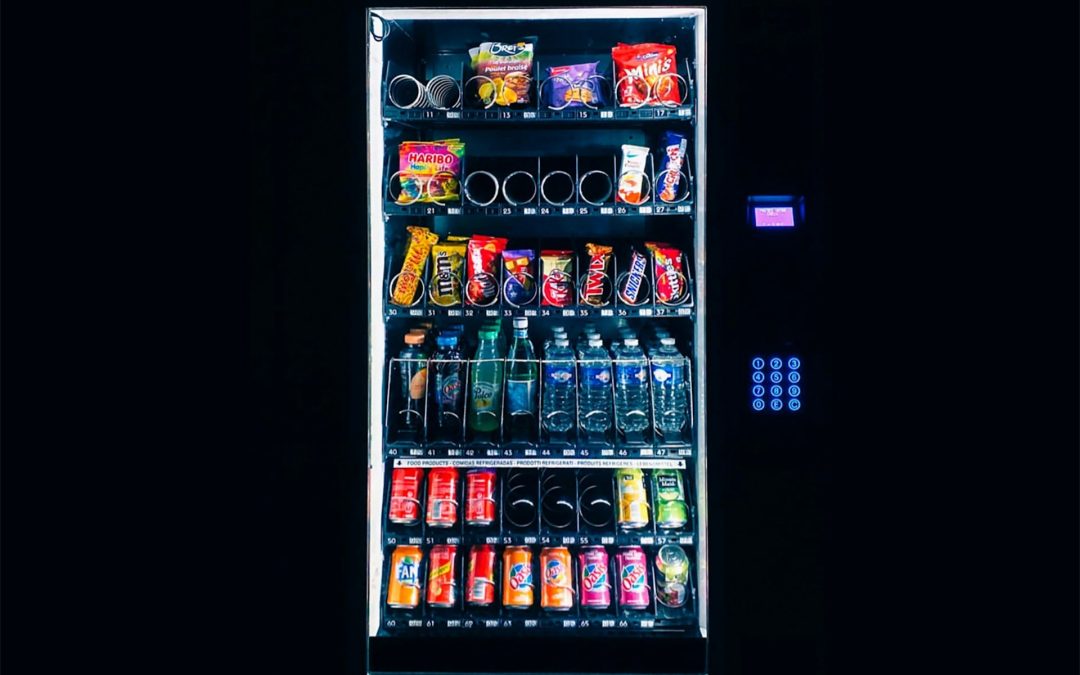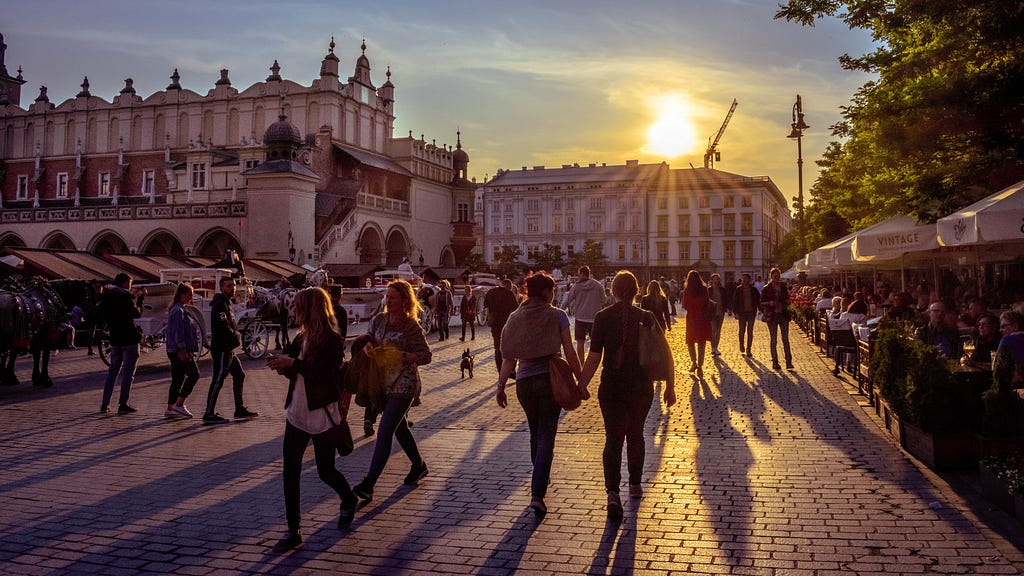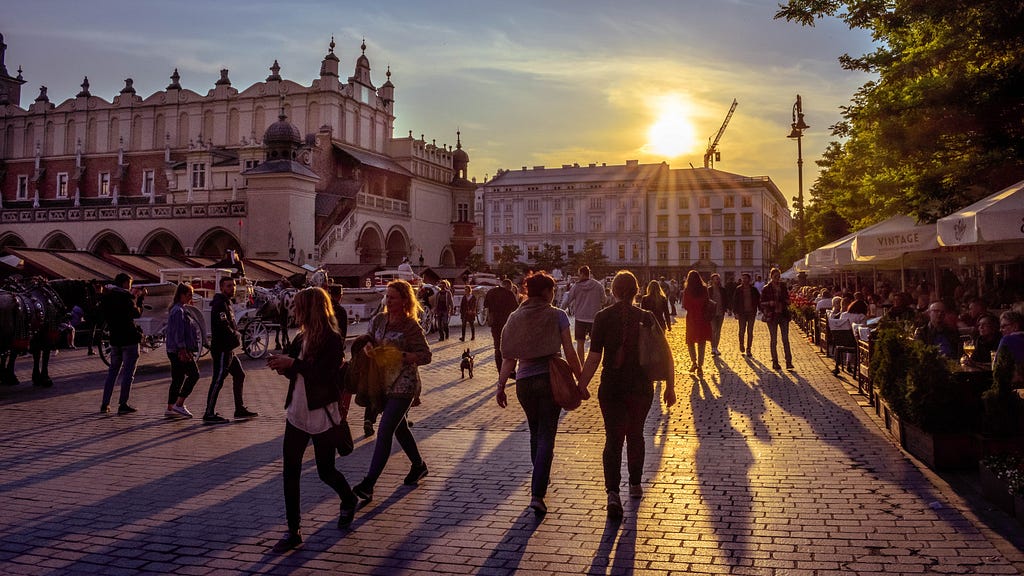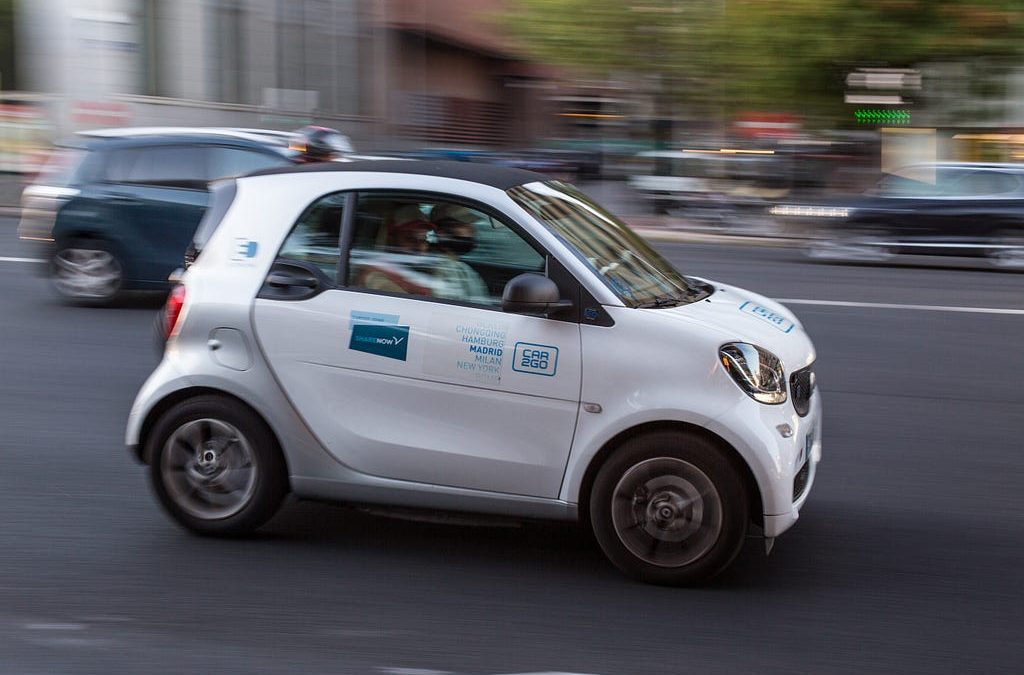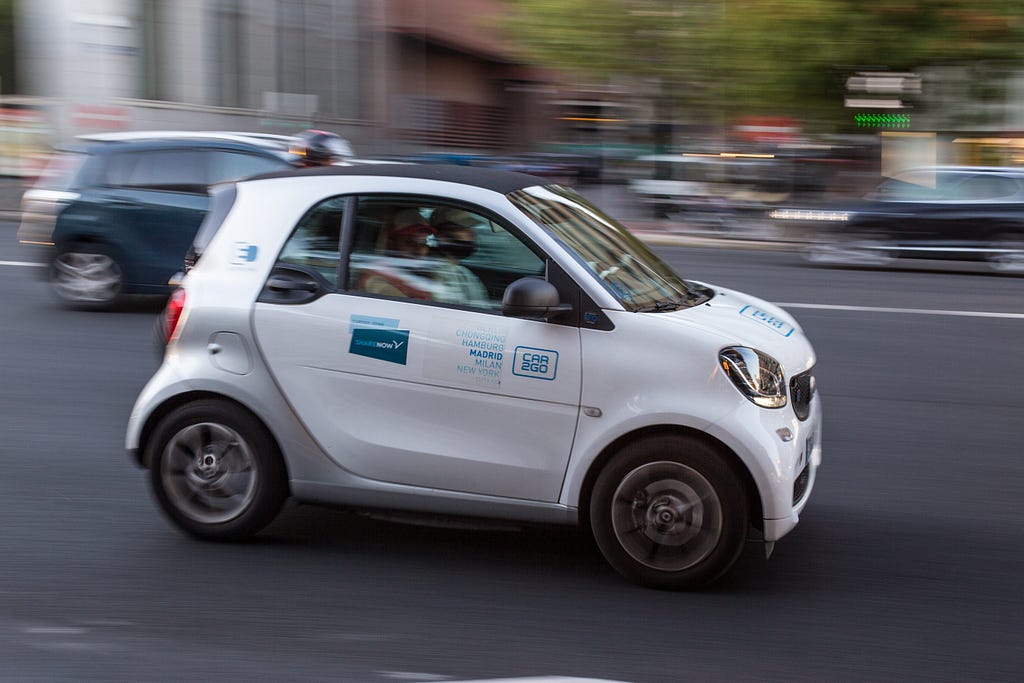
Carbon-Negative Hydrogen: Inside the Race to Build Climate-Positive Energy
We are past the point where “zero” is good enough.
Zero emissions. Net zero. Carbon neutral. These are the targets of yesterday — the language of mere damage control. The future, if we’re serious about surviving it, lies beyond neutrality.
The future must be carbon-negative. And yes, that includes our fuels.
At the unlikely intersection of thermochemistry, biotechnology, and geopolitical necessity lies an emerging ambition: to produce hydrogen fuel that doesn’t just avoid emissions — but actively removes carbon from the atmosphere.
The name of the game is climate-positive energy. And hydrogen, long cast as a clean-but-flawed fuel, may be the unexpected protagonist.
What Carbon-Negative Hydrogen Actually Means
First, clarity. Hydrogen is not inherently clean. It is energy-neutral — an energy carrier, not a source — and its carbon profile depends entirely on how it’s made.
- Gray hydrogen: made from natural gas, emits CO₂
- Blue hydrogen: same as gray, but adds carbon capture (sometimes)
- Green hydrogen: made from water via electrolysis, powered by renewables
- Carbon-negative hydrogen: made from biomass, waste, or captured CO₂, and removes more carbon than it emits during production
This last category is nascent — but gaining momentum.
The Pathways: Turning Carbon into Clean Fuel
There are a few emerging ways to produce carbon-negative hydrogen:
- Biomass Gasification with Carbon Capture
Organic waste — forestry residue, agricultural byproducts — is gasified into syngas, then reformed into hydrogen. Meanwhile, the carbon is captured and stored or repurposed. - Pyrolysis (a.k.a. “Turquoise Hydrogen”)
Methane is split into hydrogen and solid carbon (not CO₂). The carbon can be stored or turned into industrial materials like graphene or carbon black. - Microbial Electrolysis / Algal Processing
Advanced bio-hydrogen techniques use genetically modified organisms or algae to capture CO₂ and produce hydrogen in bioreactors.
Each of these systems removes carbon in its own way — through direct capture, biological uptake, or avoidance of combustion — and has the potential to operate at net-negative emissions, especially when paired with waste heat recovery or co-products.
Why This Isn’t Just a Lab Curiosity
There’s an assumption — often smug — that carbon-negative hydrogen is a science-fair project. But the capital is flowing, and the timelines are tightening:
- Charm Industrial is already injecting bio-oil into geologic storage — a cousin process that could evolve toward hydrogen co-production.
- Monolith and others are producing turquoise hydrogen with marketable carbon co-products.
- The U.S. DOE has backed multiple biomass-to-hydrogen pilots as part of its Hydrogen Shot initiative.
- Europe and Japan are actively exploring carbon-negative hydrogen as part of their next-gen energy frameworks.
This isn’t fringe. It’s early infrastructure — quietly racing to maturity behind the high-gloss EV headlines.
The Stakes: Not Just Clean Fuel, but Global Leverage
If a country — or coalition — cracks scalable carbon-negative hydrogen, the implications are enormous.
- Energy security without fossil dependence
- Climate leverage in a world of tightening carbon markets
- Moral authority in a century where emissions accounting is a form of diplomacy
- And perhaps most critically: a way to offset sectors that can’t decarbonize (aviation, shipping, cement) without relying solely on offsets
In short: this isn’t just about energy. It’s about sovereignty, legitimacy, and survival.
Challenges? Of Course.
These systems are expensive. Supply chains for biomass are messy. Life-cycle emissions modeling is complex, especially at scale. And the markets for co-products (solid carbon, captured CO₂) are still underdeveloped.
But the trajectory is clear. Carbon negativity is the new efficiency — the differentiator that will define clean tech in the 2030s.
It’s no longer enough to emit nothing. The leaders will be those who can erase what was already done.
Conclusion: Negative is the New Positive
We don’t just need clean fuel. We need corrective fuel — energy that runs in reverse, undoing damage while keeping systems running.
Carbon-negative hydrogen is not the end state, but it may be the first industrial-scale climate repair mechanism with global potential.
Ignore the name. The future isn’t turquoise, green, or blue.
The future is negative. Because in the era of climate consequence, the only real progress is that which pulls history backward.
Carbon-Negative Hydrogen: Inside the Race to Build Climate-Positive Energy was originally published in Design Molecule on Medium, where people are continuing the conversation by highlighting and responding to this story.

